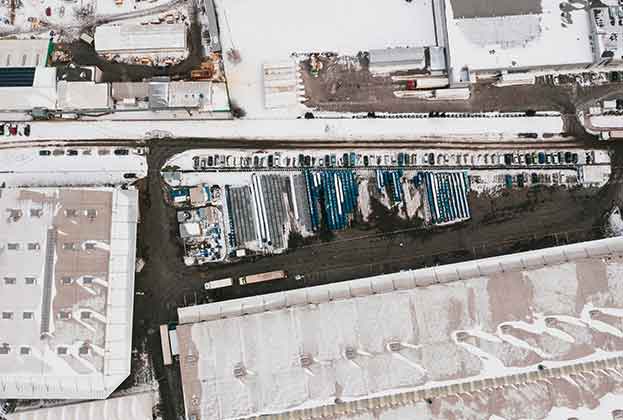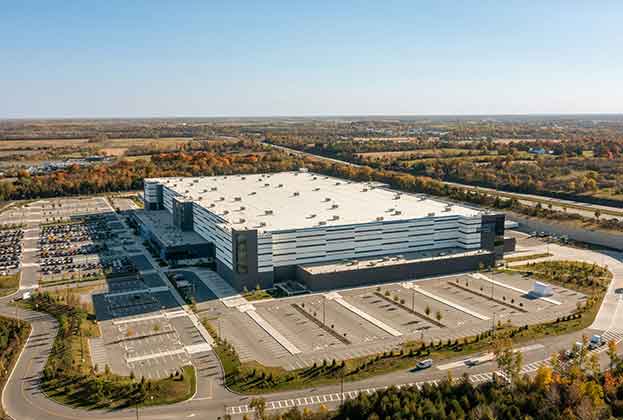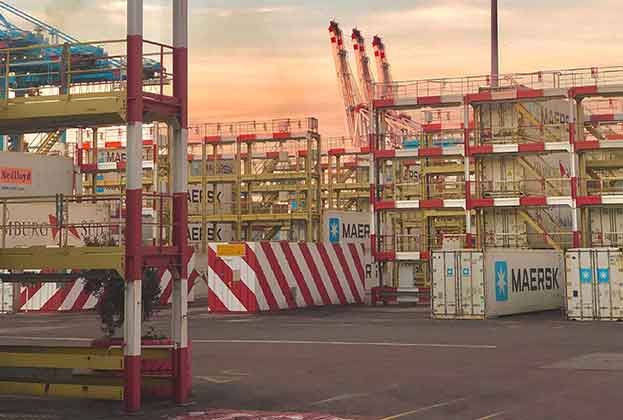The low availability of commercial space is putting companies in the Netherlands under pressure. This is mainly affecting small and medium-sized businesses. They benefit from efficient and sustainable commercial space so they can continue to guarantee sustainable business operations. A more efficient design and use of empty space on industrial estates can provide opportunities when new developments are limited, and can even offer a more sustainable solution.
Vacancy of commercial properties is still extremely low in the Netherlands. Various sources recently reported that the total supply of commercial space has decreased to approximately 3% of the total stock. The problem becomes even bigger for commercial space located on industrial estates. Here vacancy has dipped below 2%. As expansion of industrial estates is becoming more and more difficult, it would be a good idea to examine the current design of industrial estates.
Inefficient use of space in the G5
When looking strictly at developed plots, we observe that a lot of usable space can be created. On average, 56.9% of the developed plots on industrial estates in the G5 (Amsterdam, Rotterdam, The Hague, Utrecht and Eindhoven) are in use. Of course it is unrealistic to expect 100% use of the available space on industrial estates. After all, space is also needed for infrastructure, parking spaces and recreational purposes. As a rule of thumb, it can be assumed that a developed area of at least 60% would be efficient.
.jpg)











